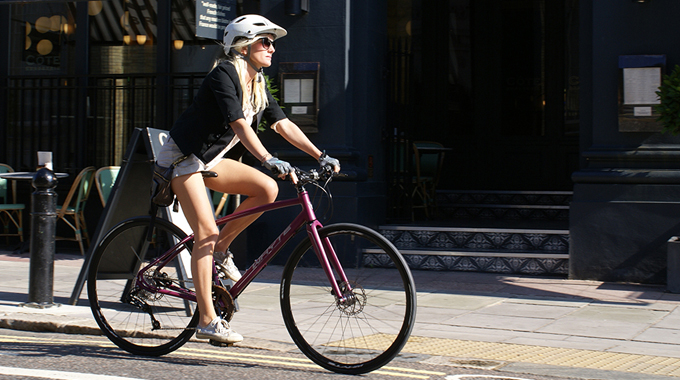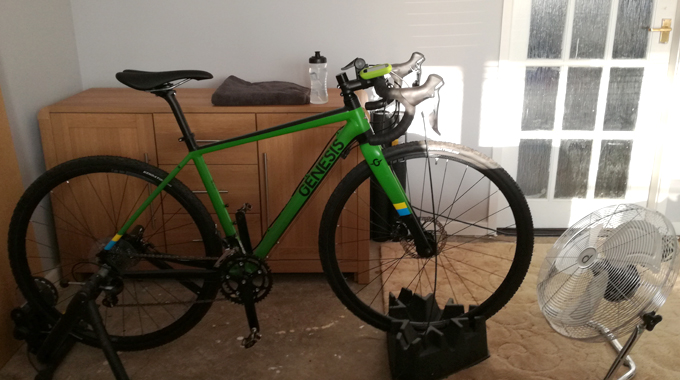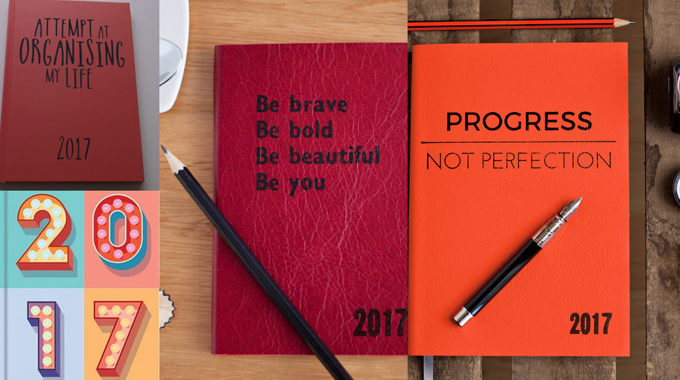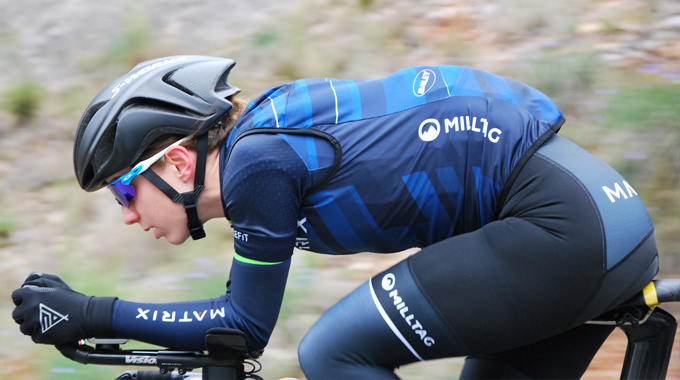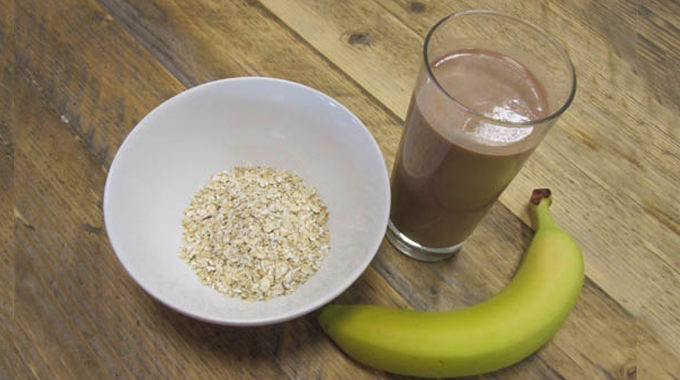So, what do you have to do to cross that line and become a ‘cyclist’ rather than a mere fitness enthusiast, and what difference will it really make?
First of all, it sounds obvious, but you have to be riding a bike regularly and it needs to be your main form of exercise. Look at the amount of time you have for exercise and other activities in your week and make sure you spend two-thirds to three-quarters of that time riding a bike.
11 Things you need to know before your first spin class
As a beginner, you will show training adaptions from any form of bike riding and it’s simply a question of spending progressive amounts of time in the saddle to get comfortable. You can include spin classes, time on a gym bike, commuting to work, as well as more focused rides that you might do with training in mind.
Commuting

For many of us commuting to work or using your bike as a means of transport is the logical way to start, building 20-30 minute bouts of riding into your daily routine.
One of the main benefits of using your bike to get from A to B is that it will give you some valuable bike handling skills, with a lot of stopping, starting, short accelerations, and general riding awareness in constantly changing environments and moving traffic. These skills will be invaluable later on when you might want to participate in a group ride, sportive or race.



